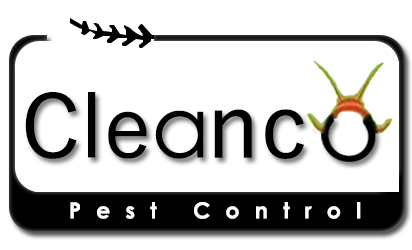House flies can cause a huge threat to businesses, especially those operating within the food industry. Compared to other pests such as rodents and cockroaches, flies are responsible for causing the highest number of staff illnesses. But why is this?
Well, house flies (along with other species of filth flies) are known to spread a range of harmful diseases. The World Health Organization estimates that house flies are responsible for transmitting at least 65 diseases. These diseases can have an impact on both customer and staff health, resulting in damages to income, brand reputation and staff retention.
Diseases spread by house flies
House flies are known to be responsible for spreading a range of diseases and infections. The WHO states that house flies are carriers of diarrhoeal diseases, skin and eye infections. Unlike other insects such as mosquitoes, house flies are not biting insects and are indirect rather than direct vectors of diseases.
It has also been proven that house flies can transmit food-borne pathogens and their associated toxin and resistance. Areas in close proximity to animal production sites are at higher risk of accumulating food borne diseases from flies.
They transmit this range due to their feeding and breeding habits. House flies will often feed on rotting or decaying matter, as well as human and animal faeces. When a house fly feast upon an item of food infected with bacteria they accumulate the pathogen within their oesophagus or digestive system.
Due to a house flies feeding habit of regurgitating their stomach contents onto solid objects to liquify them, any bacteria living in their oesophagus will be transmitted to the item they are consuming. Similarly the bacteria living within their digestive system will be transmitted to items which they defecate on through their faeces.
Areas where these products are found, the items themselves, as well as their preferred breeding sites, can often play host to the pathogens which cause the diseases. Because of this house flies can accumulate the bacteria on the tiny hairs on their legs and body. When a fly lands on a food product, or any other item, any pathogen which has attached itself to said hairs can easily be transmitted






